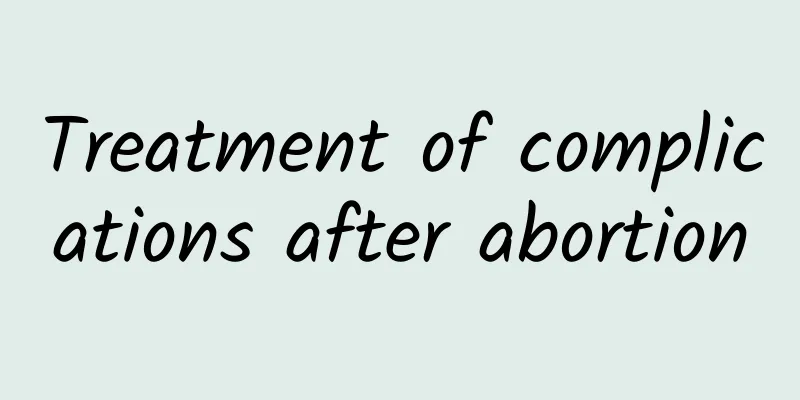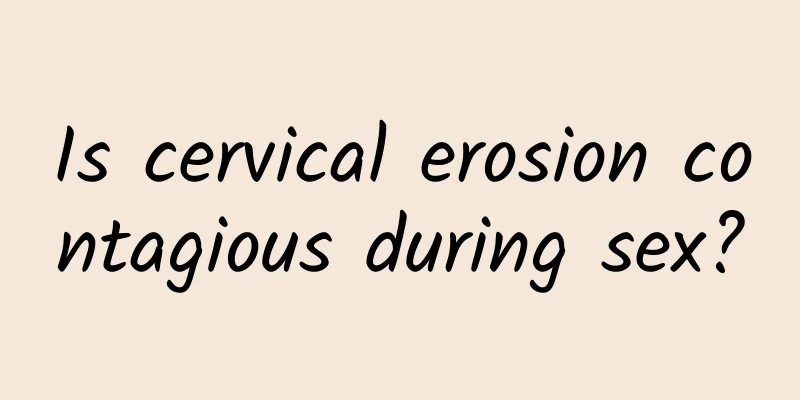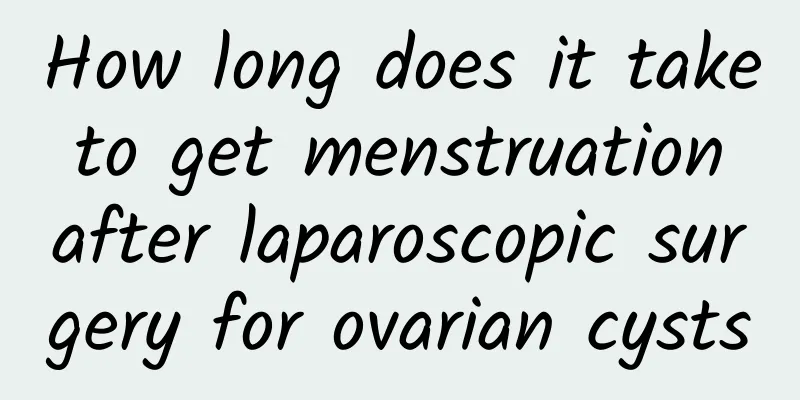Treatment of complications after abortion

|
Women may experience some complications after artificial abortion, such as incomplete uterine aspiration, postoperative infection, post-abortion bleeding, and adhesions in the uterine cavity or cervical os, etc. The treatment of each complication is as follows: 1. Incomplete uterine aspiration If there are no obvious signs of infection, diagnostic curettage should be performed promptly, and the scrapings should be sent for pathological examination. Antibacterial drugs should be used after the operation to prevent infection. 2. Postoperative infection If the amount of vaginal bleeding is not large, broad-spectrum antibiotics can be used first, and curettage can be performed after the infection is controlled; if the amount of vaginal bleeding is large or the infection is not controlled after the use of a large amount of antibiotics, intravenous antibiotics and blood transfusion are required. At the same time, the contents of the uterine cavity are clamped out with oval forceps to control bleeding, and antibiotics are continued after surgery. After the infection is controlled, a thorough curettage is performed; when combined with septic shock, shock is actively rescued; when the infection is severe or there is abscess in the pelvis, surgical drainage is performed, and the uterus is removed if necessary. 3. Bleeding after abortion If there are pregnancy residues in the uterine cavity and they are large, a diagnostic curettage should be performed and the scrapings should be sent for pathology; if they are smaller, oxytocin can be injected and antibiotics can be given to prevent infection; oxytocin can be given when the uterus contracts poorly; antibiotics can be given when there is an infection in the uterine cavity; hemostatic drugs can be given when there is a coagulation disorder, etc. 4. Adhesions in the uterine cavity or cervical os When the internal os of the cervix is adhered, a probe should be inserted deep into the cervical canal, slowly separated and probed into the uterine cavity. After the accumulated blood has drained out, the cervix should be dilated with a cervical dilator. When there is adhesion in the uterine cavity, a probe or dilator should be inserted into the uterine cavity and then swung horizontally left and right to separate the adhesion, or the adhesion can be separated under direct vision of the hysteroscope, and then an intrauterine contraceptive device can be placed, and artificial cycle therapy can be used for treatment. |
<<: Medical curettage can treat unmarried patients with anovulatory functional uterine bleeding
>>: Will cervical erosion affect your sex life?
Recommend
What foods are the nemesis of uterine fibroids? What can you eat to eliminate uterine fibroids?
What foods are the best for uterine fibroids? Thi...
Imaging Diagnosis of Congenital Absence of Vagina
Congenital absence of vagina is a serious hazard ...
What harm does uterine fluid have on the body?
The fluid accumulation in the uterus is a product...
What medicine can I take for irregular menstruation? You can take these 6 types of medicine for irregular menstruation
Irregular menstruation is a common condition and ...
Garlic is great! Research: Garlic can cure food poisoning
Garlic, one of the indispensable spices in Orient...
What drugs are commonly used to treat Bartholinitis?
The Bartholin's glands are located behind the...
Why is cervical erosion prone to recurrence?
After the treatment of cervical erosion, you must...
When is the best time to have an abortion? When is the best time to have an abortion?
When is the right time for an abortion? When is t...
Men, look here! 10 exercise rules to help you lose weight
Rule 1: When you feel hungry, you are already thi...
I love eating white rice as my staple food, which makes me a sweet lover! Eating white rice in the morning may affect your health
While enjoying delicious food, you should also st...
What should be paid attention to in the treatment of endometrial tuberculosis
Endometrial tuberculosis is a common disease that...
Beware of pelvic inflammatory disease if you have back pain during menstruation
Pelvic inflammatory disease is quite common in da...
How to exercise for patients with vulvar itching
Women are a group that we need to take care of. W...
Will abortion cause ovarian cysts? What are the causes?
Will abortion cause ovarian cysts? What are the c...
How much does a painless abortion cost in Chengdu?
In modern times, couples often do not want childr...









